Sheep Nutrition
All Sheep Nutrition Content
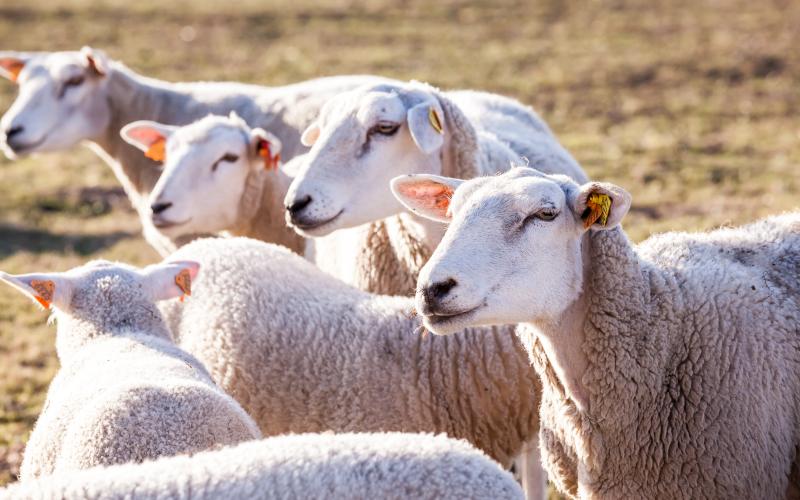
Sheep & Goats
South Dakota ranks sixth nationally in sheep and wool production. And the industry is growing.
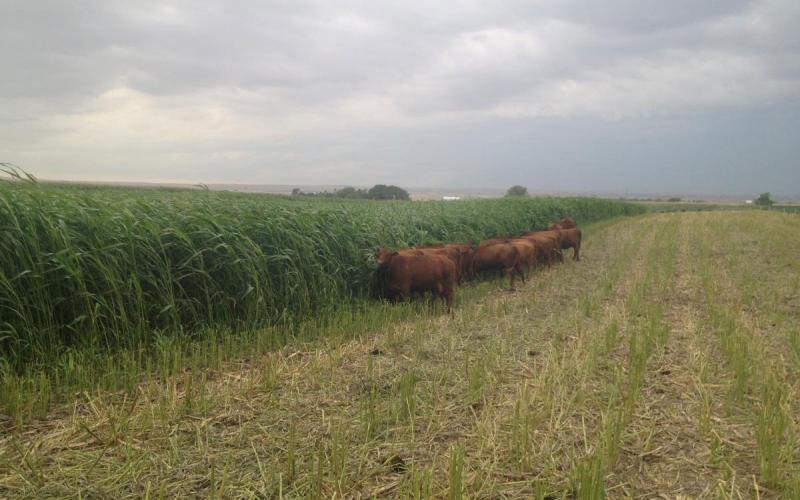
Prussic Acid Poisoning
As the first frost date approaches, producers often have concerns about the risk of prussic acid poisoning in livestock. Certain forage plants, especially sorghums and related species are associated with an increased risk of death loss because of prussic acid poisoning.
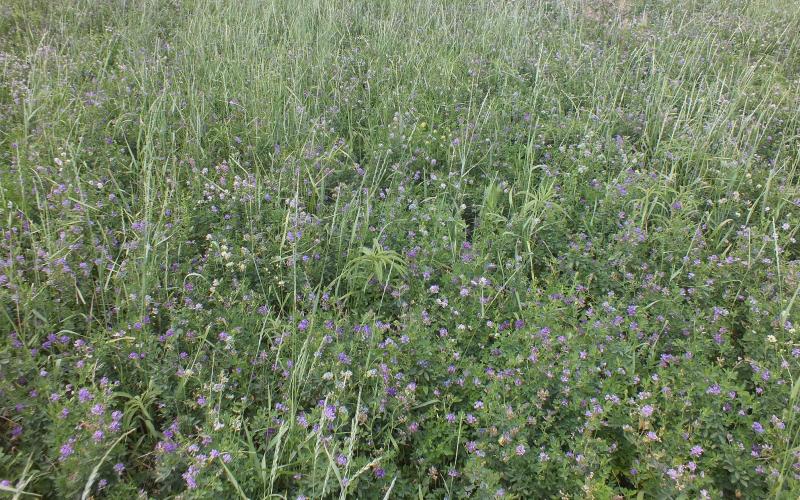
Nitrate QuikTest for Forages
The Nitrate QuikTest for Forages is available at various SDSU Extension locations and veterinary clinics across the state and is designed to be used with standing forages prior to harvesting for hay or grazing.
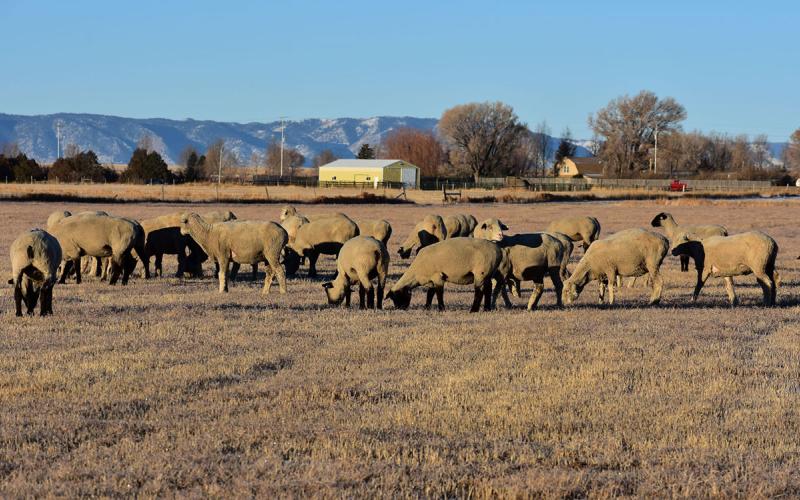
Using Livestock to Promote Healthy Rangelands
Fact sheet about using livestock to promote healthy rangelands
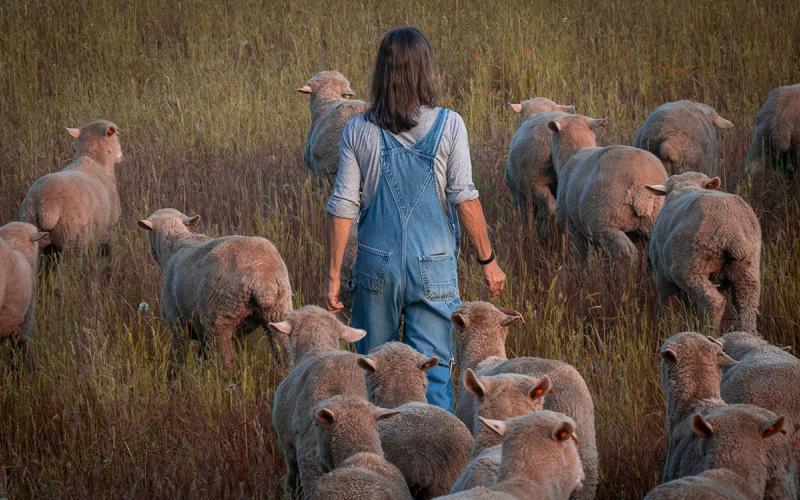
Will Your Summer Pastures Meet Your Flock’s Needs?
Sheep can readily thrive on pasture in the summer. However, monitoring forage quality and meeting mineral requirements on range is important to optimize production.
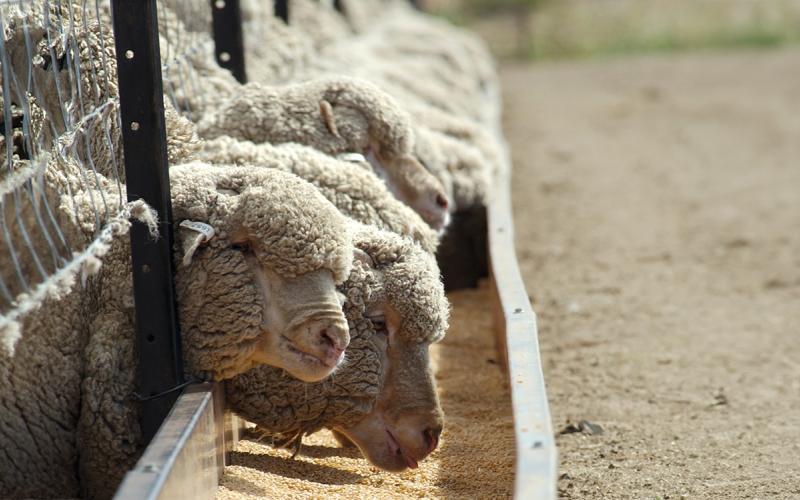
Waterbelly in Small Ruminants
Waterbelly (urolithiasis or urinary calculi) is a concern in male sheep and goats on high-concentrate rations. Knowing its symptoms, forms, and prevention strategies can help you make the best decisions for your flock.
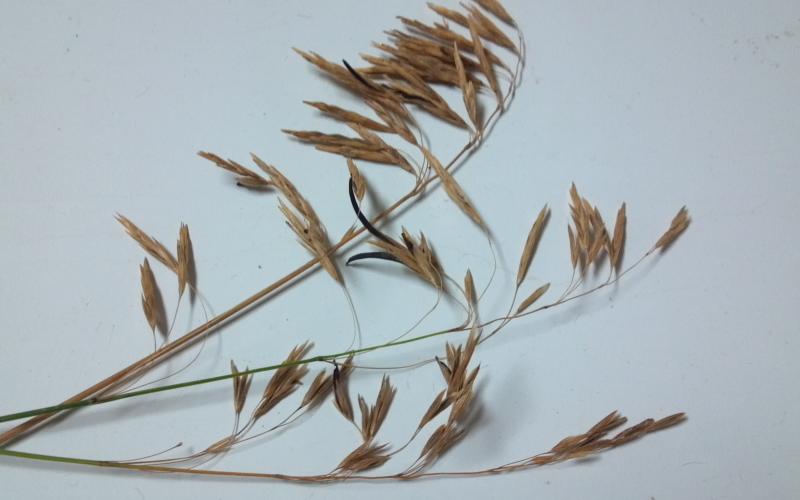
Ergot: A Potential Livestock Poisoning Problem
Cool, damp weather followed by warmer temperatures favors grasses becoming infected with ergot bodies, which can cause a certain kind of poisoning that can affect cattle on pasture.
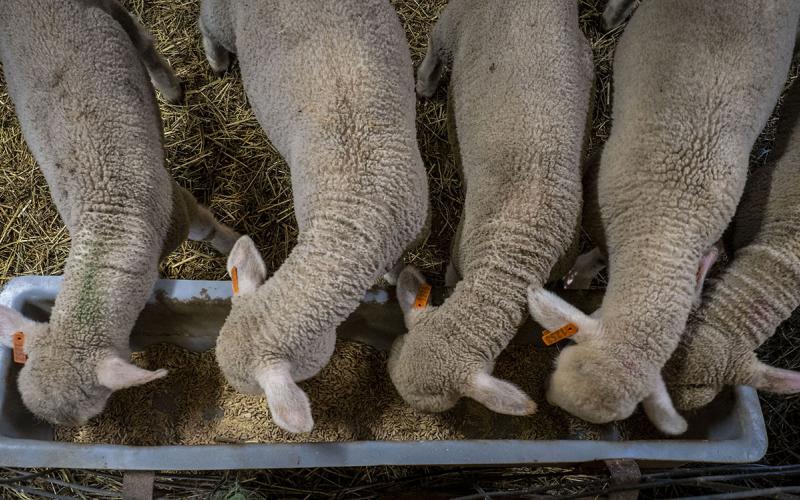
Mineral Considerations for Sheep
Minerals play an integral role in many reactions throughout a sheep's body, and they are critical for animal health, performance, and the profitability of an operation.

Proper Ewe Nutrition Benefits Future Lamb Performance
Supplying ewes with greater levels of energy during gestation ultimately leads to greater lamb performance throughout their lifetime.
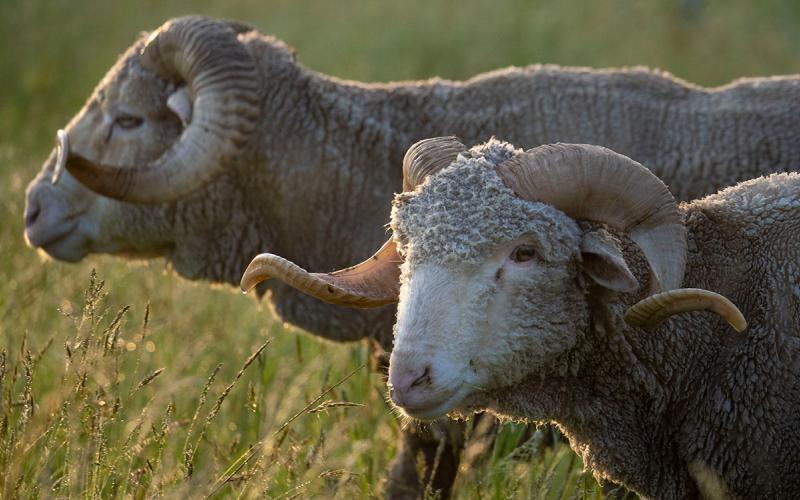
Boosting Ram Nutrition for Optimal Breeding Success
Around breeding time, nutritional considerations tend to lean towards the ewes, but what about rams?